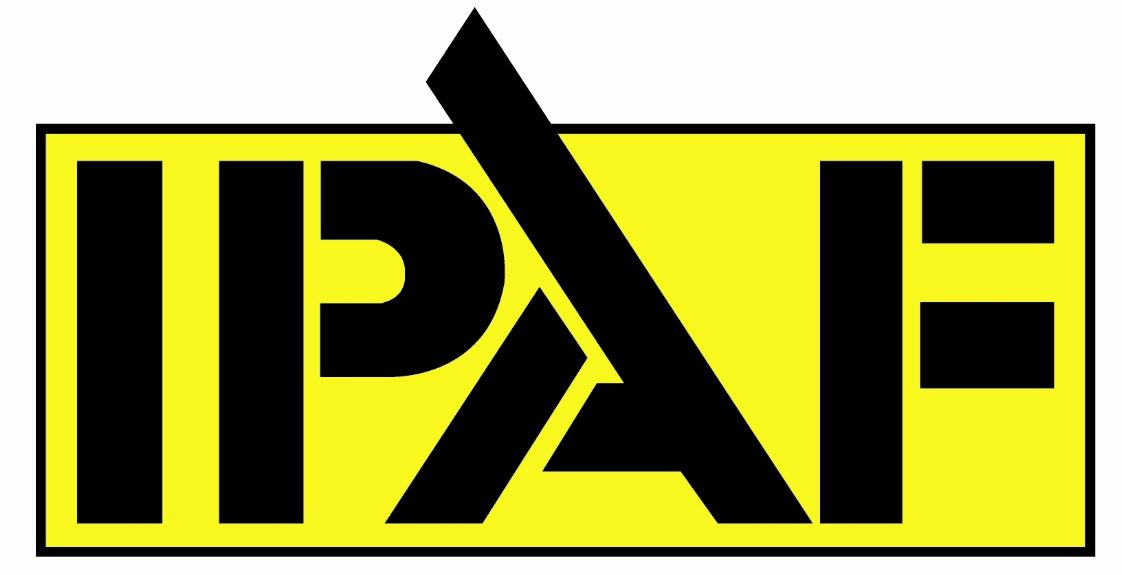What types of buildings do regulations for sleeping accommodation cover?
Fire safety regulations are important for all buildings in which people may stay overnight, especially in domestic dwellings and residential premises, such as single household properties, shared houses, sheltered accommodation in which personal care is not provided, small hostels and bed sit HMOs. However, no legislation has been required for existing homes.
Who is responsible for fire safety in sleeping accommodation?
When built, all domestic properties and residential premises are subjected to specific building regulations. These regulations require a minimum standard be met, for the fire safety of the building. The responsibility for fire safety falls on the building owner, landlord, or employer. This includes homes that have been converted to other uses, halfway houses, residential homes, houses with multiple unrelated occupants, and common areas of flats and maisonettes.
What does maintaining fire safety in sleeping accommodation involve?
Being compliant with fire safety regulations entails ensuring that sufficient systems are in place and that checks are carried out to reduce the risk of fire starting. These checks include making sure all members of the domestic residence or residential property know where the fire exit is, and how to safely exit the building in case of an emergency, that smoke alarms are installed and are in working order. The electric systems, including wiring should be checked at regular intervals, and that any furniture is flame retardant.Relevant fire safety equipment should be installed, and checked regularly for faults.
Are fire safety regulations the same in hotels as in domestic accommodations?
Accommodations with large numbers of occupants such as hotels are considered to have higher fire risks than residential and domestic properties, but many of the prevention measures are the same, including making sure all guests and members of the residence (the staff) know where the fire exit is, which in the case of a hotel is done with clear and appropriate signage, guiding individuals on how to safely exit the building in case of an emergency. As is the case with any other workplace, relevant fire safety equipment should be installed and regularly tested, and electrical points/appliances must be PAT tested.






